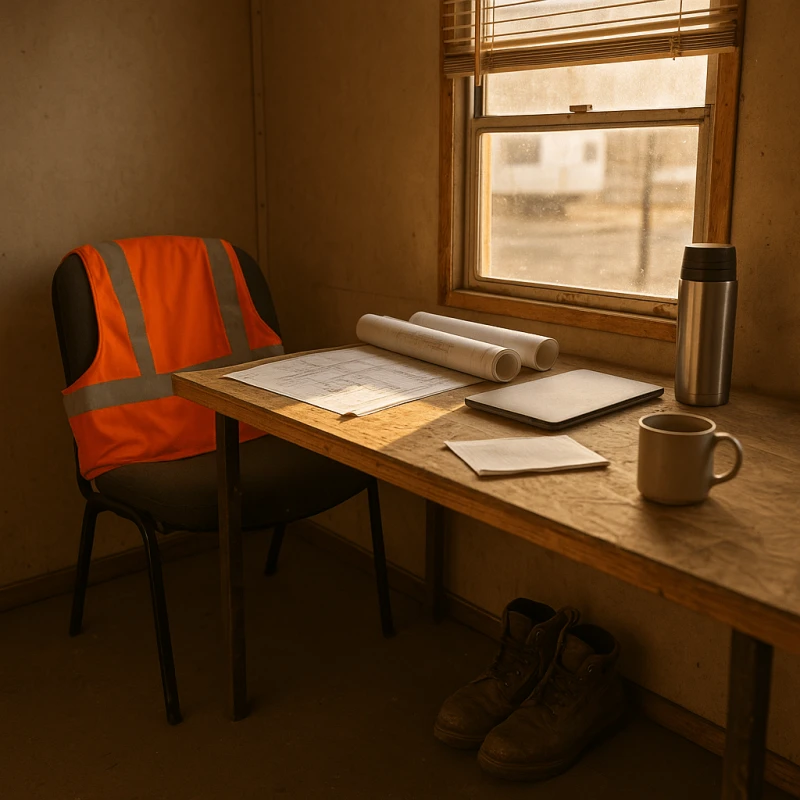A jobsite injury can disrupt more than your workday. It can affect mobility, transportation, family routines, and your ability to keep up with bills while your attorney coordinates records and negotiations. Construction Negligence Legal Funding offers short-term financial support connected to the potential value of your claim so you can focus on recovery and day-to-day life—not just the next due date.
What Construction Negligence Means in Everyday Terms
“Construction negligence” is a broad phrase people use for preventable harm on or around a jobsite—unsafe equipment setup, poor housekeeping that leads to slips and trips, inadequate fall protection, or careless actions that endanger nearby workers and passersby. The impact often includes medical care, time away from work, and new out-of-pocket expenses like transportation and home adjustments.
Funding can help cover essentials such as housing, utilities, groceries, childcare, and travel to appointments while your attorney advances your claim. For background on jobsite safety expectations and common hazard categories, OSHA’s Construction resources provide clear, materials you can review alongside your attorney’s guidance.
How Construction Negligence Legal Funding Works With Your Attorney
After a brief application, the funding team coordinates directly with your lawyer to request focused materials. These typically include a case summary, incident details, medical updates, wage information, and upcoming milestones. The goal is to estimate potential case value efficiently while minimizing lift for you and staying aligned with your legal strategy.
If approved, funds can be used for essentials—rent or mortgage, utilities, groceries, transportation, childcare, or medical costs. When your case resolves, your attorney generally addresses repayment from the proceeds before distributing the remainder to you, keeping the process organized and predictable.
Why Injured Workers Consider Funding During a Pending Case
Construction claims can take time. There are medical evaluations, progress notes from therapy, incident reports, communications with insurers, and sometimes multiple parties. Meanwhile, daily expenses don’t wait. Funding can stabilize your budget, support consistent attendance at appointments, and reduce pressure to accept an early offer just to cover bills.
Used thoughtfully, it’s a bridge that helps you and your attorney make decisions based on documentation and timing—not urgency.
Common Eligibility Factors Reviewers Consider
Every provider has its own process, but reviewers typically look at:
- Active representation and case posture. You’re working with an attorney on an open construction negligence matter.
- Documentation quality. Incident details, photos, medical records, work restrictions, wage history, and insurance or benefits correspondence.
- Evidence and potential value. Injury severity, time away from work, documented limitations, and realistic ranges for recovery based on records.
- Timeline and milestones. Upcoming evaluations, negotiations, or scheduled proceedings that may influence case value.
Personal credit or current employment usually matters less than the strength of your documentation and your attorney’s input.
Everyday Costs Funding Can Help Manage
Many people use funding to stay current on essentials while healing. That can include:
- Temporary transportation if driving is limited, mileage or rideshares to appointments, or short-term parking costs near clinics.
- Childcare during therapy visits, home health supports, or simple home modifications for safer mobility.
- Replacement of critical personal items damaged during the incident (with receipts and documentation).
For research-based perspective on common construction hazards and injury prevention, NIOSH offers practical materials for workers and families navigating recovery. For broader injury context that may help you plan daily life during recovery, see the CDC Injury Center’s consumer pages.
Applying for Construction Negligence Legal Funding
Applications are straightforward. You provide contact details, your attorney’s information, and a concise case summary. With your permission, the provider works with your lawyer to gather the specific documents needed for evaluation, keeping requests targeted and efficient.
If you’re comparing terminology used across case types, this lawsuit loan overview can help you understand common industry language. For timing while a claim is pending, see pre settlement funding to learn how approvals often align with case milestones.
Costs, Timelines, and Right-Sized Expectations
Costs and review times vary with injury severity, documentation clarity, and claim posture. Ask for explanations of pricing, any fees, how charges may accrue, and how repayment is handled at resolution. When choosing an amount, focus on essentials—housing, utilities, groceries, transportation, childcare, and medical needs—rather than extras.
Right-sizing support helps you stay steady without taking on more obligation than you truly need. Your attorney can help you see how proposed terms fit your overall case plan.
Documentation Tips That Speed Reviews (and Help Your Claim)
Simple habits reduce stress and back-and-forth:
- Centralize medical records. Keep specialist notes, imaging reports, therapy plans, and restrictions together.
- Track wage details. Usual hours, overtime patterns, and dates of lost time.
- Save out-of-pocket receipts. Transportation, prescriptions, braces or supports, and home adjustments.
- Maintain a brief timeline. Incident date, treatment milestones, and key communications.
- Share updates promptly. New diagnoses or changes in restrictions should reach your attorney quickly.
How Funding Supports a Thoughtful Case Timeline
Financial pressure can lead to rushed decisions. With essentials covered, you can follow treatment plans, gather complete records, and evaluate offers with your attorney on the merits—not because a bill is due tomorrow. Stability also helps caregivers and family members keep schedules consistent, which supports healing.
What to Expect After Approval
If approved, you’ll receive clear documents to review and sign. Funds are disbursed after finalization, and your attorney remains your primary point of contact for case strategy. If your condition, work status, or documentation changes, your lawyer can share updates with the funding provider so everyone remains aligned.
The intent is straightforward: help you manage daily life while your construction negligence claim moves forward.
FAQs
Can I qualify for funding if I’m already receiving some benefits?
Often, yes. Reviews consider the full picture—injury records, work impact, and current claim posture—rather than a single factor. Your attorney’s input helps clarify what’s ahead.
Will my credit score determine approval?
Typically not. Evaluations emphasize case facts, documentation, and counsel coordination over personal credit history.
How much funding could I receive and how long does it take?
Amounts and timing depend on injury severity, documentation quality, and anticipated case value. Organized records and quick attorney coordination usually speed reviews. Ask for transparent pricing and communication expectations up front.
If a construction-related injury has strained your finances and you want to explore Construction Negligence Legal Funding aligned with your case, contact Rockpoint Legal Funding. We coordinate with your attorney, review documentation efficiently, and help you consider practical options to stay current on essentials while your claim advances.


